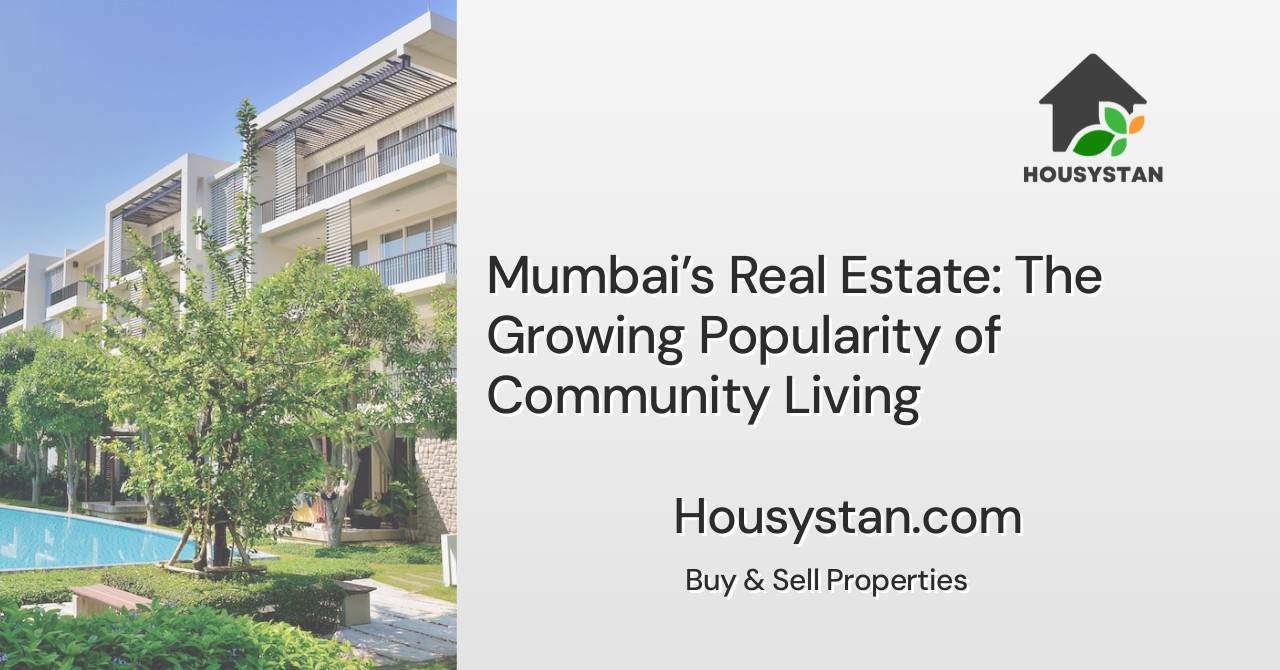Mumbai’s Real Estate: The Growing Popularity of Community Living
Read latest blogs and articles from Housystan

The Information mentioned here was last updated on:
31/12/2025Mumbai’s Real Estate: The Growing Popularity of Community Living
Mumbai, the financial capital of India, has long been known for its dynamic real estate landscape. In recent years, the city has witnessed a significant transformation, with a marked shift towards community living. This emerging trend is reshaping the housing preferences of residents, offering a fresh perspective on urban lifestyles. As the city continues to expand, more homebuyers and investors are gravitating towards residential complexes designed to foster togetherness, convenience, and holistic living experiences.
One of the primary reasons for the surge in demand for community living spaces in Mumbai is the growing need for safety, security, and a sense of belonging. Gated communities, townships, and integrated housing projects offer round-the-clock security, well-maintained amenities, and green open spaces. These features are highly valued by families, working professionals, and senior citizens seeking a peaceful and harmonious environment amidst the city's hustle and bustle.
- Verified Tenants/Buyers
- Unlimited Property Listing
- Zero subscription/charges fee
Modern community-centric developments in Mumbai, such as those in suburbs like Powai, Thane, Andheri, and Navi Mumbai, are equipped with world-class facilities. Residents enjoy access to swimming pools, gyms, clubhouses, children’s play areas, jogging tracks, and landscaped gardens—all within the premises. These amenities not only enhance quality of life but also promote social interaction and a healthy lifestyle.
Another key factor driving the popularity of communal living is the thriving sense of community spirit. Regular events, group activities, and collaborative celebrations encourage socialization and foster strong neighborhood bonds. This environment is particularly appealing to young families and newcomers to Mumbai, who seek supportive networks and opportunities for their children to make friends in a safe setting.
Additionally, community living in Mumbai often translates to better infrastructure and sustainable features. Reputed developers focus on eco-friendly initiatives like rainwater harvesting, solar panels, and waste management systems, reflecting the growing awareness around environmental responsibility.
For those exploring real estate opportunities in Mumbai, opting for community living offers a balanced blend of privacy, comfort, and connectivity. The trend is expected to gain further momentum as more people recognize the advantages of cohesive, well-planned neighborhoods. As Mumbai evolves, community living is set to become the cornerstone of modern urban housing, offering residents a superior lifestyle with a strong sense of camaraderie and security.